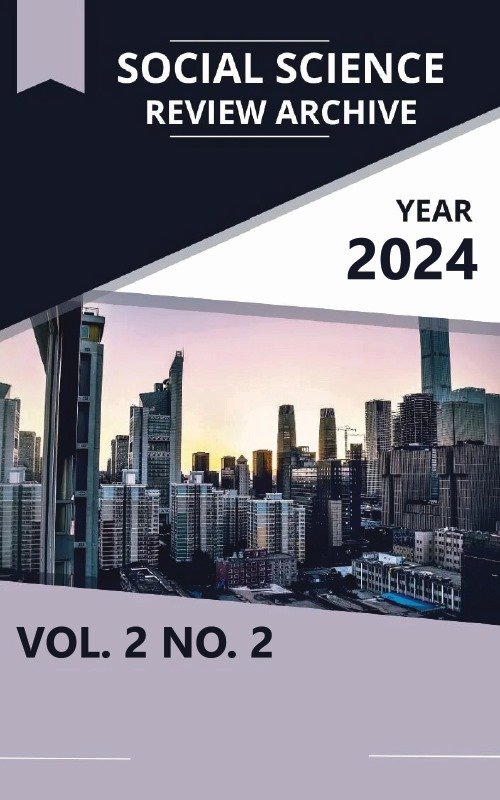A Clinical Audit on Identification of Medication Errors in a Tertiary Care Hospital, Lahore
DOI:
https://doi.org/10.70670/sra.v2i2.248Keywords:
Prescription Errors, Medication Error, NABHAbstract
Medication errors have serious effects on patient care, and it is important to detect them instantly to reduce clinical practice errors and prevent their adverse outcomes. Even though error reporting techniques are less expensive, there may be considerable impediments for a nurse to notify an error due to the obvious possibility of negative repercussions. The present study was undertaken to determine the incidence and percentage of medication errors and medicine dispensing errors. Records were maintained by the hospital quality assurance department, according to National Accreditation Board of Hospitals (NABH) standards, from January 2021 to December 2022. This data was collected by the authors and analyzed for the percentage of medication errors which included medicine dispensing errors. In this study, the incidence of medication errors was 2.77, 3.55, 3.88, 2.13, 6.45, 4.83, 1.65, 2.99, 2.27, 2.12, 1.18, and 2.11 in January, February, March, April, May, June, July, August, September, October, November, and December 2021, respectively, versus 3.69, 3.12, 4.51, 2.20, 2.06, 4.80, 2.68, 4.03, 4.12, 2.66, 1.66 and 3.30 during the same months of 2022, respectively. Although medication errors occur frequently, they are rarely reported. In order to accurately assess the contributing factors and take preventative action to make sure they do not recur in the future, reporting is essential.






